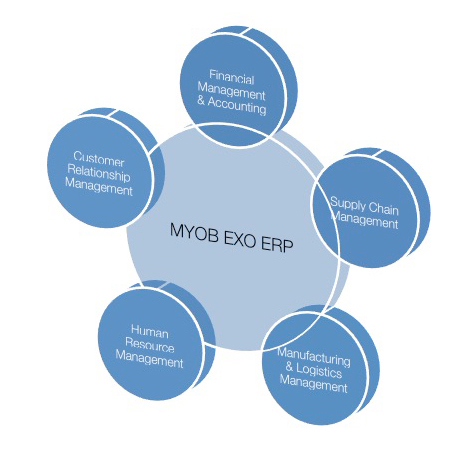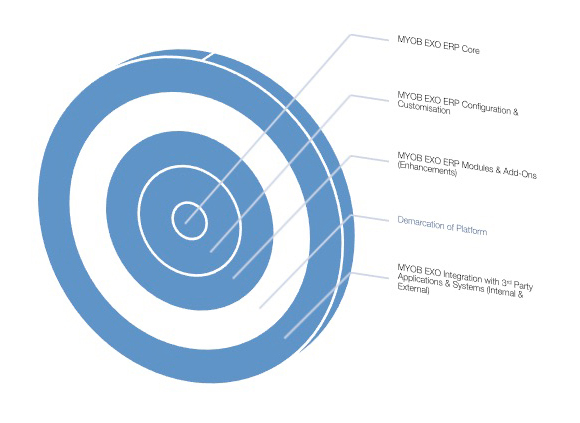Upgrading your business software is not just about the extra functionality you receive in the latest release.
Or is it? Consider these points:
Many of us forget why we purchased our business software in the first place.
When first considering to purchasing new software, many of the following reasons would have been considered:
- Improve efficiencies of the business
- Free up staff time so they can perform other tasks which increase company revenue
- Communicate over new mediums to customers and suppliers (email)
- Manage project workflow and costs, ensure projects remain on-budget and on-time
- Keep track of business opportunities, and
- Manage business finances
We are sure these points are still true today. Yet they only represent a fraction of how much today’s organisations rely on computer applications. Imagine going back to only filing cabinets, handwritten notes stored in manila folders and communicating with clients via the postal service all the time.
Given enough time, by not upgrading your software, your business could be missing out on functionality which could represent the same sort of value to your business you first considered. In fact, by not upgrading your business software to the latest version, it can cost the organisation money. Long-term, organisations that do not upgrade to the latest version cost their business efficiencies, staff frustration and ultimately money.
- Thinking of hiring an extra person to manage increased workload?
- Are you 100% confident there weren’t efficiency savings in that release that would have allowed redirection of your financial resources into increasing revenue, instead of increasing costs?
Consider the following points, that don’t look at software functionality.
However, end users can only benefit from the latest security tools and if they keep their software up to date.
It’s far better to keep your software up-to-date and secure, than one day have to contact your customers and advise them that their personal data has been compromised.
Faster diagnosis
Consider software upgrades from another angle. Older software versions require more attention, support staff may not be as familiar with it, later operating systems may not provide as stable environment for the application as it was originally written for, which in itself can cause problems down the track.
Every minute that staff have to stop performing a task that increases the company’s revenue, simply costs the company money. Not to mention the staff time consumed putting workarounds in place, and trying to limp applications along.
Lost investment
Most software applications charge an annual license fee. This fee is often put toward the ongoing advancement of the product, thus ensuring the application continually develops in functionality and capabilities. These continual enhancements ensure the investment you made yesterday is still dollars well spent, and you application is kept up with other applications in the marketplace. If your organisation pays an annual fee for software, and does not upgrade each year… you are throwing away that investment. That investment typically entitles you to access those new enhancements. It makes good sense to take advantage of the opportunity and access all of the latest functionality and features you have already paid for.
Every other year upgrades
One school of thought for many organisations is to upgrade their software applications every second or third year. Whilst this concept can make a lot of sense for ‘Common-off-the-Shelf’ software, such as you spreadsheet and word processing programs, it does not necessary make sense for applications that are configured specifically for your organisation. In fact, many people do not realise, by upgrading every second or third year in often cases is costing the organisation more than had they upgraded each year.
For example, if a version has been skipped and in that upgrade was an alteration to the database structure, upgrading two or three steps down the track is not as simple had the original upgrade step been made at time of release.
In fact the additional time required to accommodate checking and rechecking of database structures when versions are missed can often times substantially increase the number of hours IT staff are required to put in for a ‘simple’ upgrade. Not to mention, the organisations misses out on all the new functionality and efficiencies spoken about previously.




